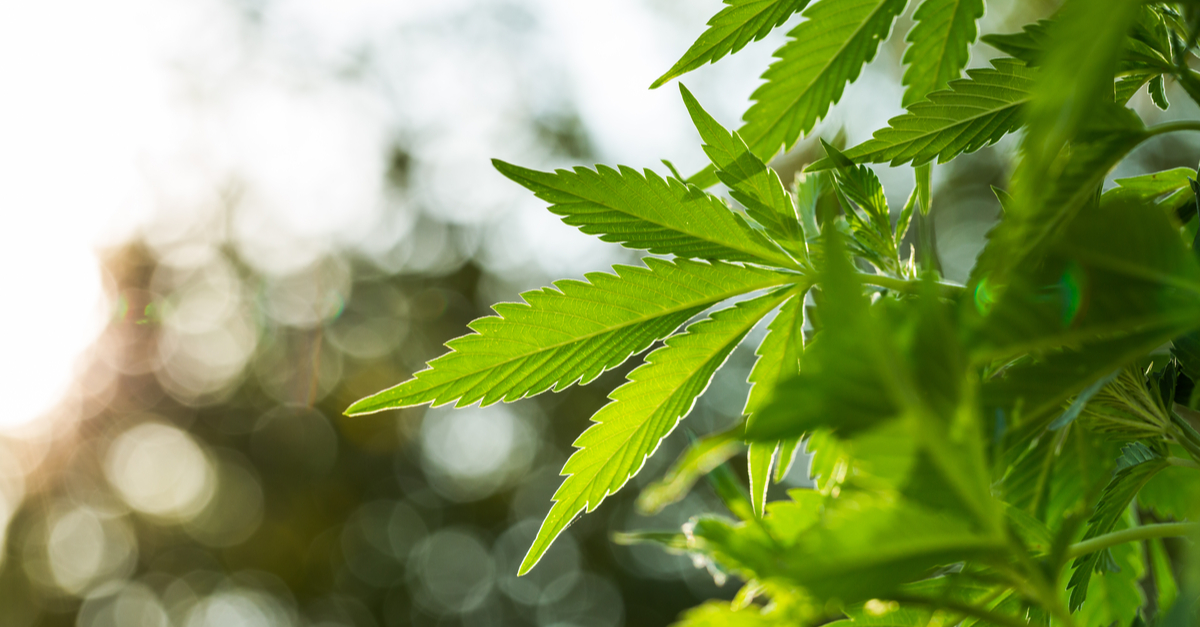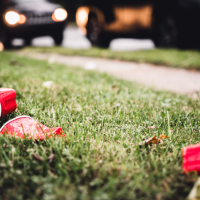On February 1, 2021, Oregon’s law of decriminalizing all drugs, including heroin and cocaine, went into effect—the first-ever initiative of its kind in the United States. Despite the new direction some states are taking towards decriminalization, many policymakers argue no drugs, including marijuana, should be decriminalized.
Decriminalization of a drug means that although it’s not legal to use, there are no criminal penalties for use, possession, or sale of the drug. While there’s many considerations to take into account, one of the priorities to consider should be how decriminalization affects youth, one of the most vulnerable populations in our society.
What Does the Research Show?
Research has found links between decriminalization and drug use among minors:
- In an evaluation of data from more than 3 million students in 7th, 9th, and 11th grades in California, researchers found that recreational marijuana legalization for adults was associated with an increase in marijuana use among adolescents.1
- Decriminalization may also change attitudes about marijuana. In a separate study, 12th graders in California were compared to peers in other U.S. states before and after marijuana was decriminalized for adults. It found 12th graders in California were less likely to perceive marijuana as a health threat and less likely to disapprove of regular marijuana use.2
There are also many documented links between legalization and drug use among minors, including:
- When marijuana was legalized for recreational use in Oregon and made available in retail stores, there were higher levels of marijuana use among youth and more favorable beliefs about the drug. Those results are from a study that included data from more than 300,000 students in 6th, 8th, and 11th grades.3
- Similarly, in Washington, perceived harmfulness of marijuana among 8th and 10th graders declined and marijuana use increased after recreational use of marijuana was legalized in the state.4
Evidence-Based Practices to Address This
As legalization and decriminalization become more widespread, it is vital that we continue to implement evidence-based programs to prevent drug misuse, provide accurate information about the health effects of drug use, and engage youth in a meaningful way. At 3rd Millennium Classrooms, we offer both marijuana prevention courses and marijuana intervention courses that empower individuals to make healthy decisions. Our courses focus on prevention to educate participants about risks associated with drug use. Every course has evidence-based practices, including:
- Risk perception, which measures how much of a risk a person believes a behavior (e.g. smoking marijuana) has, is a key part of our courses. It challenges students who believe a behavior is low-risk to think about the high-risk consequences, including dependency and side effects.
Intervention is also a key approach for individuals who are facing drug charges and mandated to take a drug education course. While there are many courses that are punitive, we take pride in the fact that ours are reformative. Each course includes personalized feedback that motivates the user to change their behavior. Additionally, instructors help to identify practical steps to help users make a change. Evidence-based practices are incorporated to help reduce use and recidivism, including:
- Behavior and skills training influence students to make positive changes. In 3rd Millennium courses, we include behavior change strategies such as identifying triggers, making a plan, and using interactive scenarios to practice using new skills.
- Challenging expectations requires students to think about their expected outcomes from an experience versus the reality of what they actually experience. For example, if someone is having negative consequences related to their marijuana use, we encourage them to reassess their expectations. Ultimately, the goal is to find less motivation to use marijuana and therefore, less negative outcomes.
References
-
Paschall, Mallie J., et al. “Recreational Marijuana Legalization and Use Among California Adolescents: Findings From a Statewide Survey.” Journal of Studies on Alcohol and Drugs, vol. 82, no. 1, 2021, pp. 103–111., doi:10.15288/jsad.2021.82.103.
-
Miech, Richard A., et al. “Trends in Use of Marijuana and Attitudes toward Marijuana among Youth before and after Decriminalization: The Case of California 2007–2013.” International Journal of Drug Policy, Elsevier, 14 Jan. 2015, www.sciencedirect.com/science/article/abs/pii/S0955395915000122.
-
Paschall M., et al. “Recreational Marijuana Availability in Oregon and Use Among Adolescents.” American Journal of Preventive Medicine, U.S. National Library of Medicine, pubmed.ncbi.nlm.nih.gov/31959327/.
-
Cerda, Magdalena. “State Recreational Marijuana Laws and Adolescent Marijuana Use.” JAMA Pediatrics, JAMA Network, February 2020, jamanetwork.com/journals/jamapediatrics/article-abstract/2593707.




